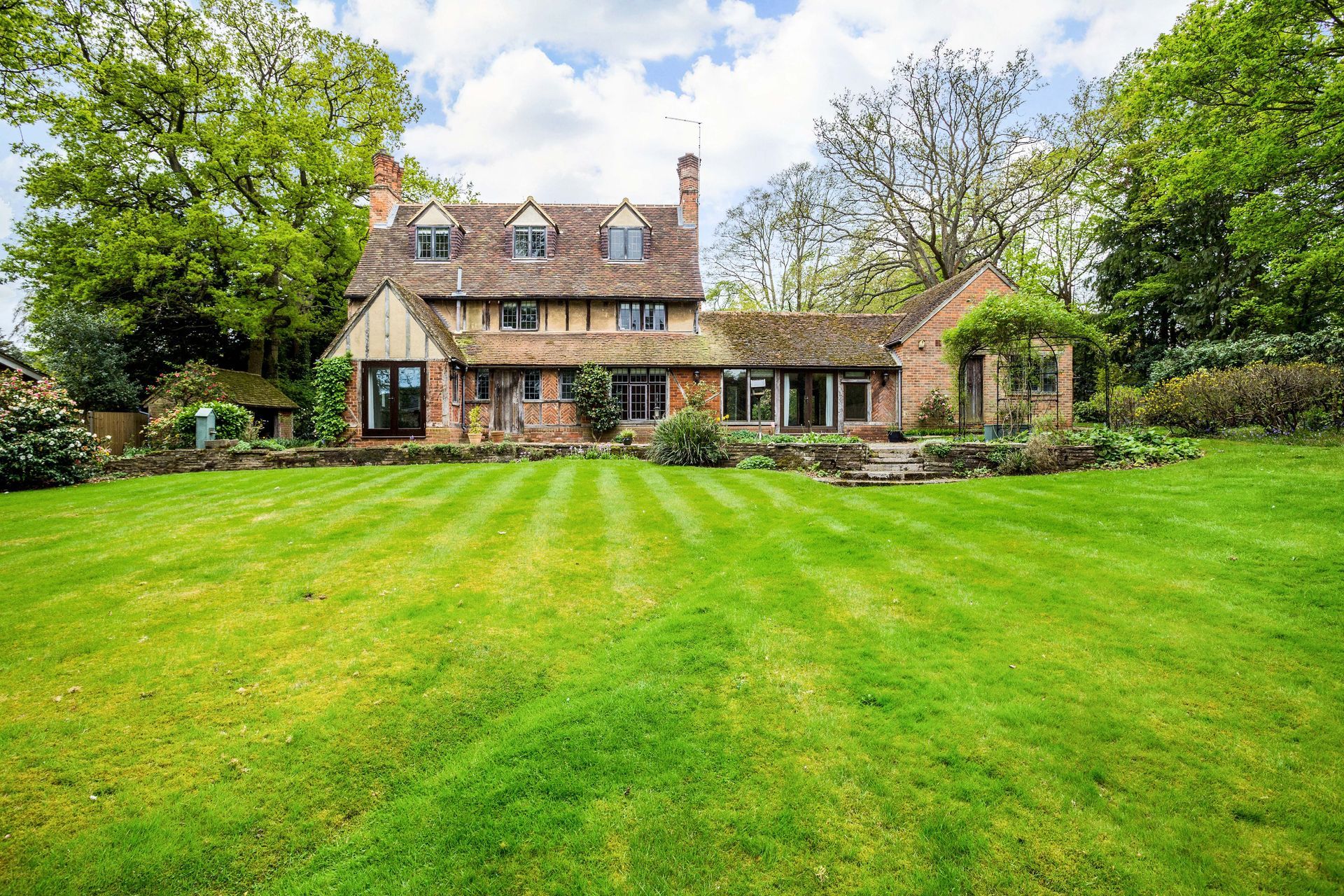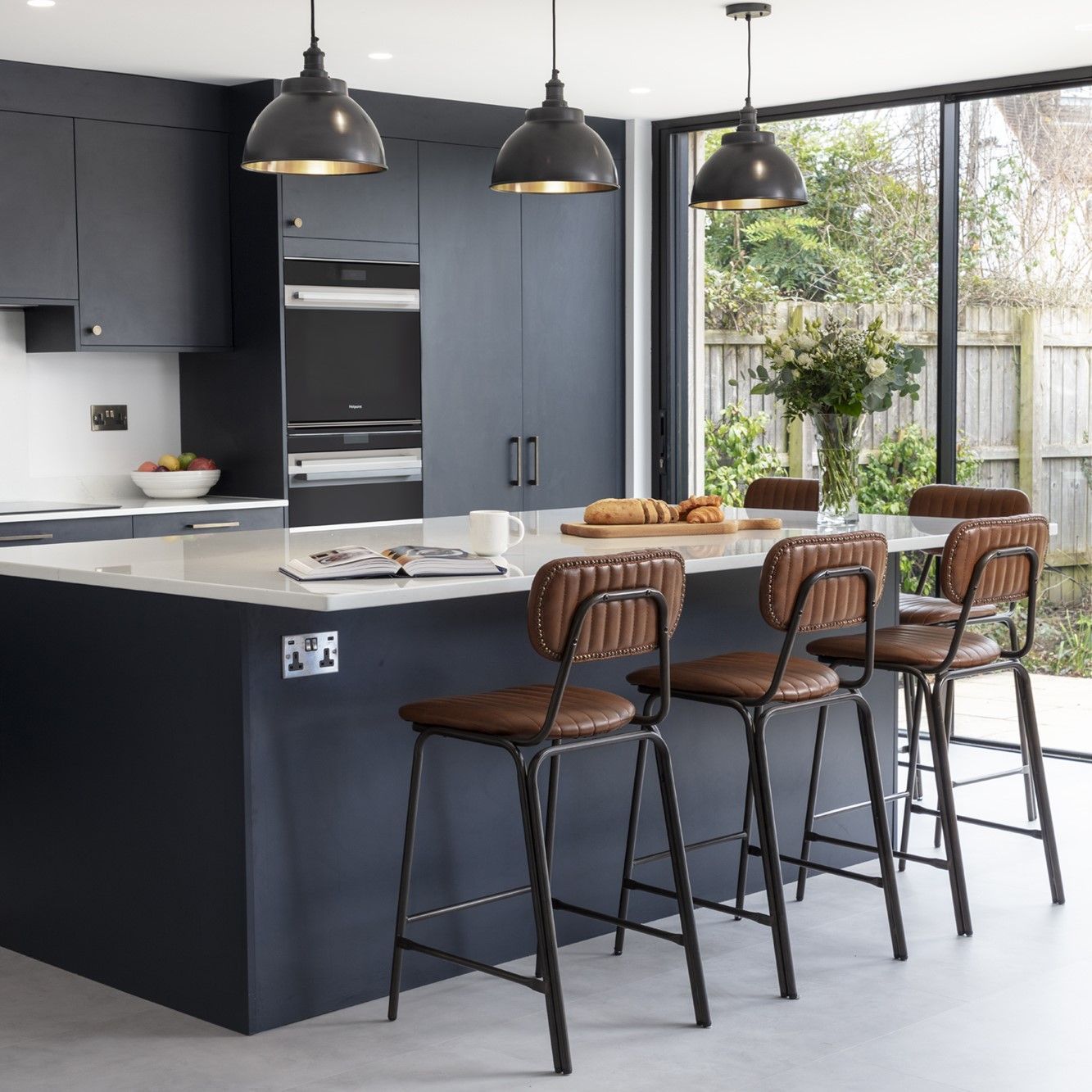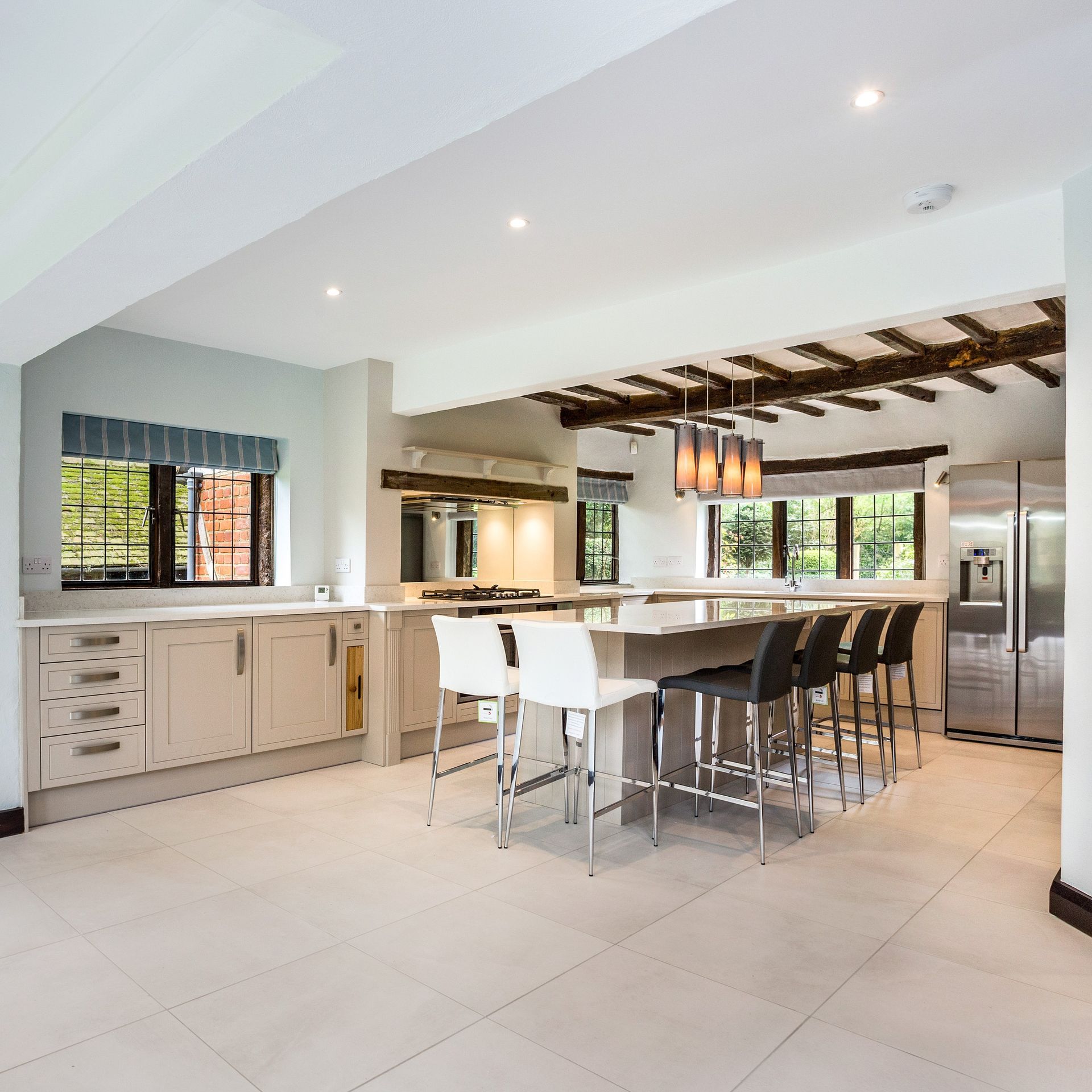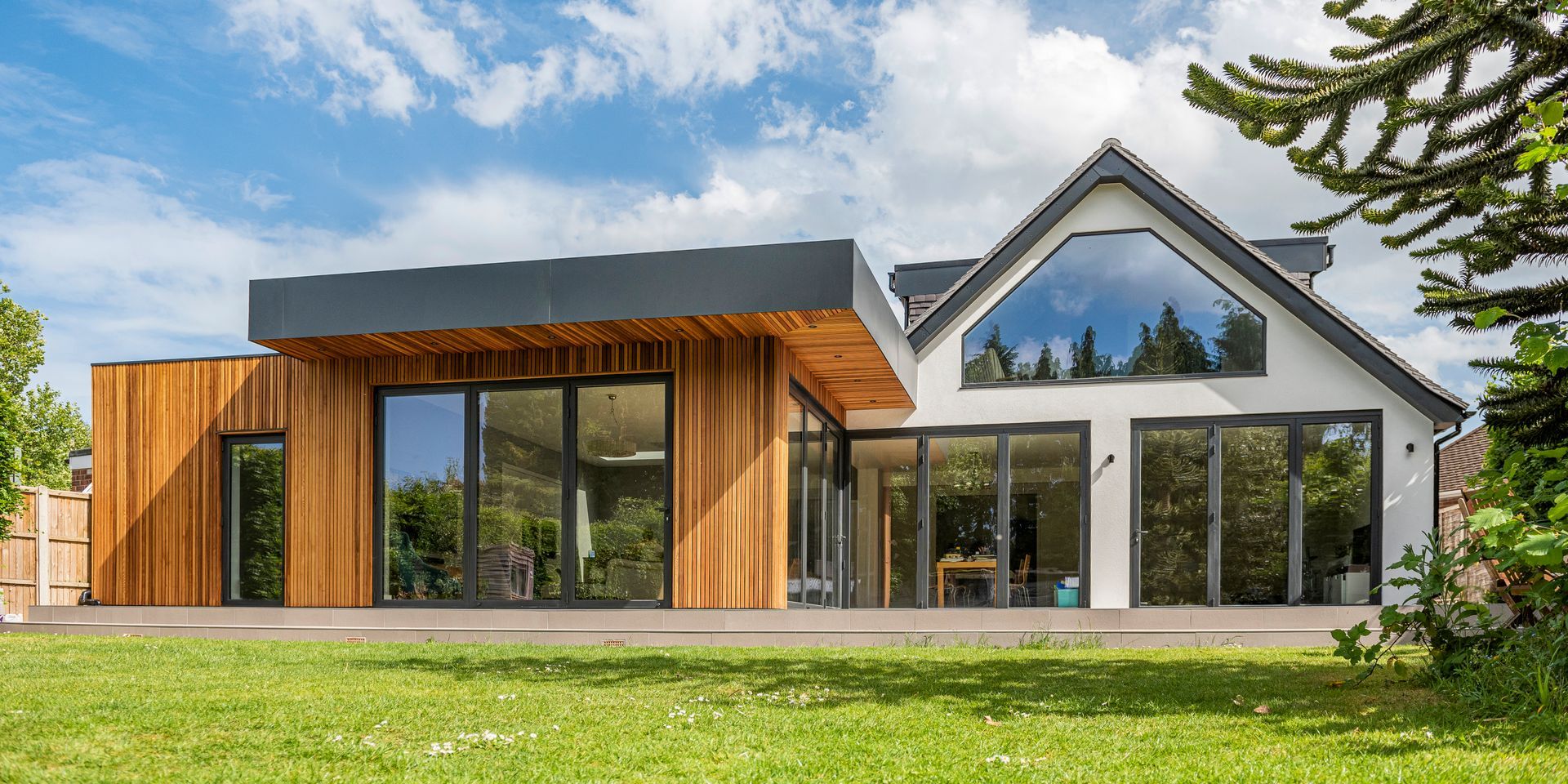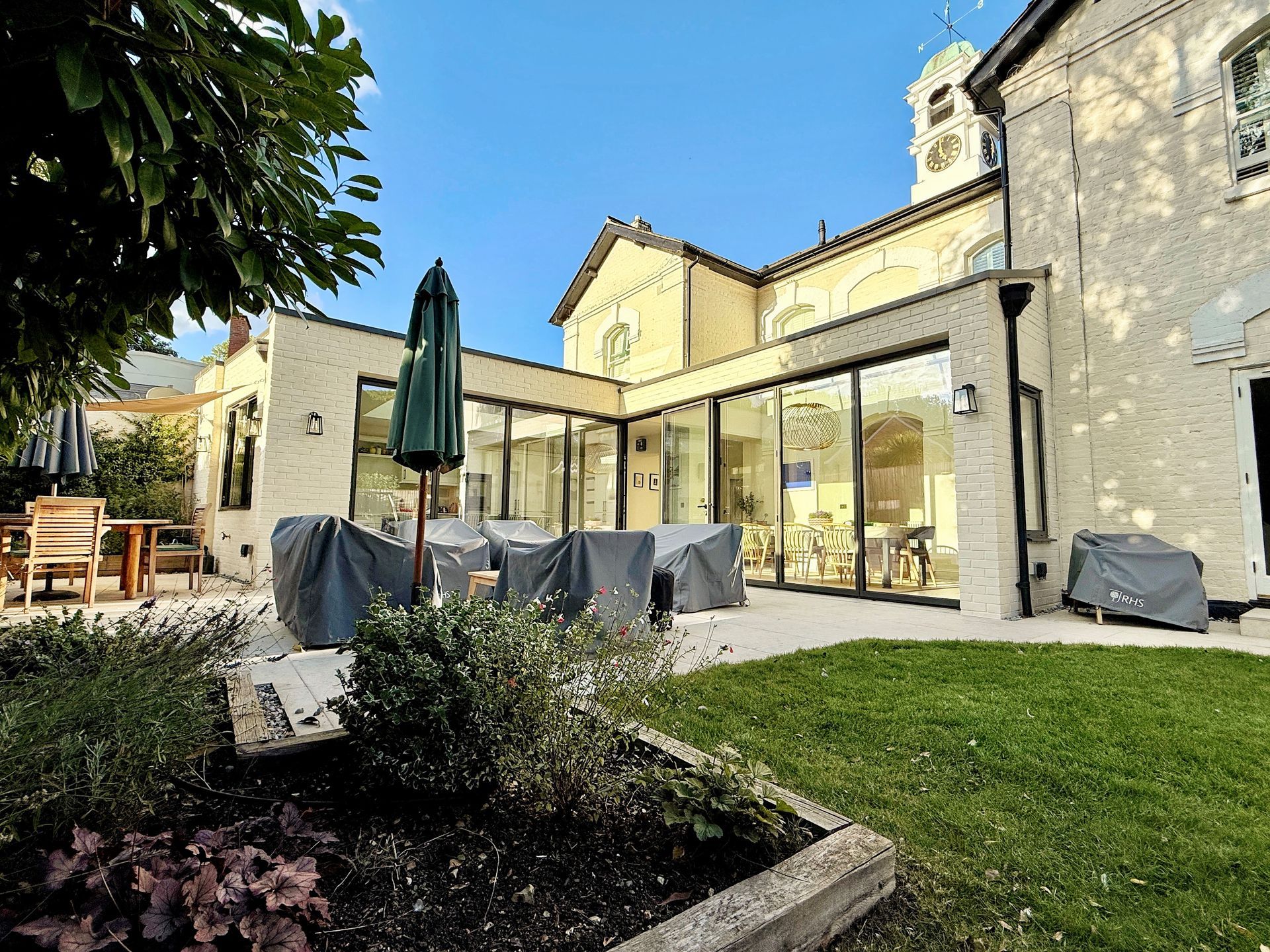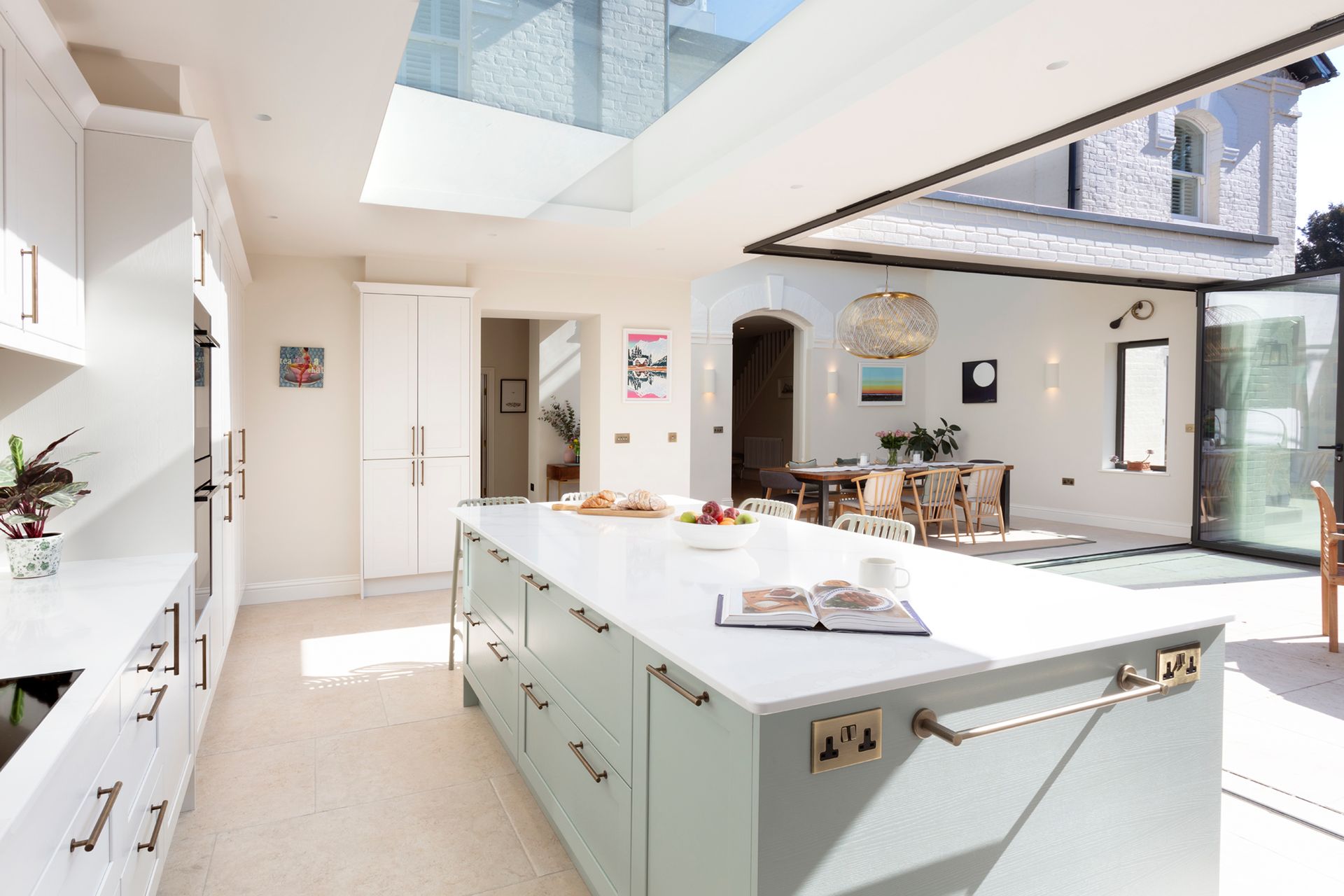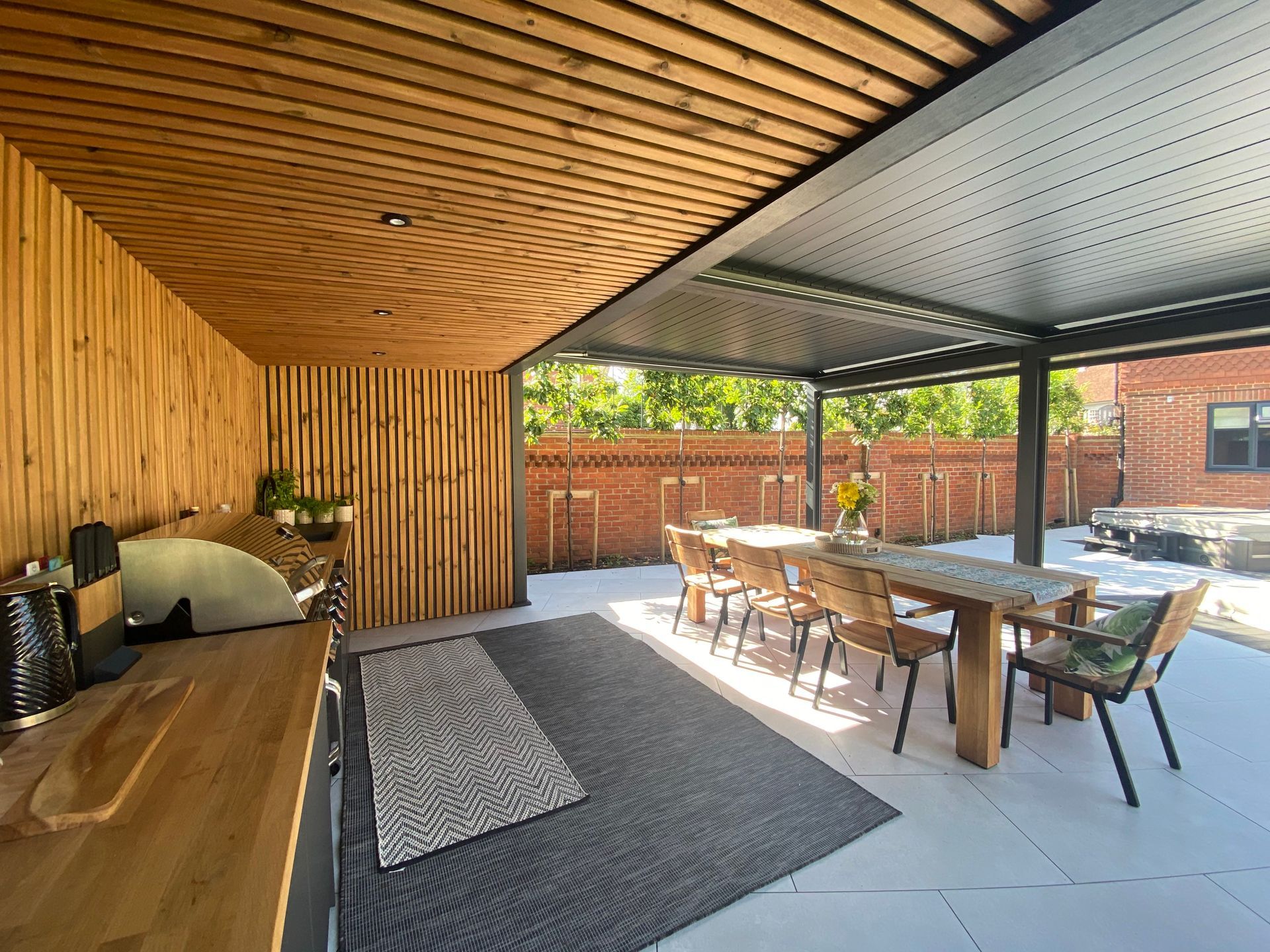Guest Blog: What makes a Great Architect (& why it matters for your family home)
Guest Blog by Martin King, Director & Owner of The King Brothers Builders & Decorators, serving Windsor for over 25 years
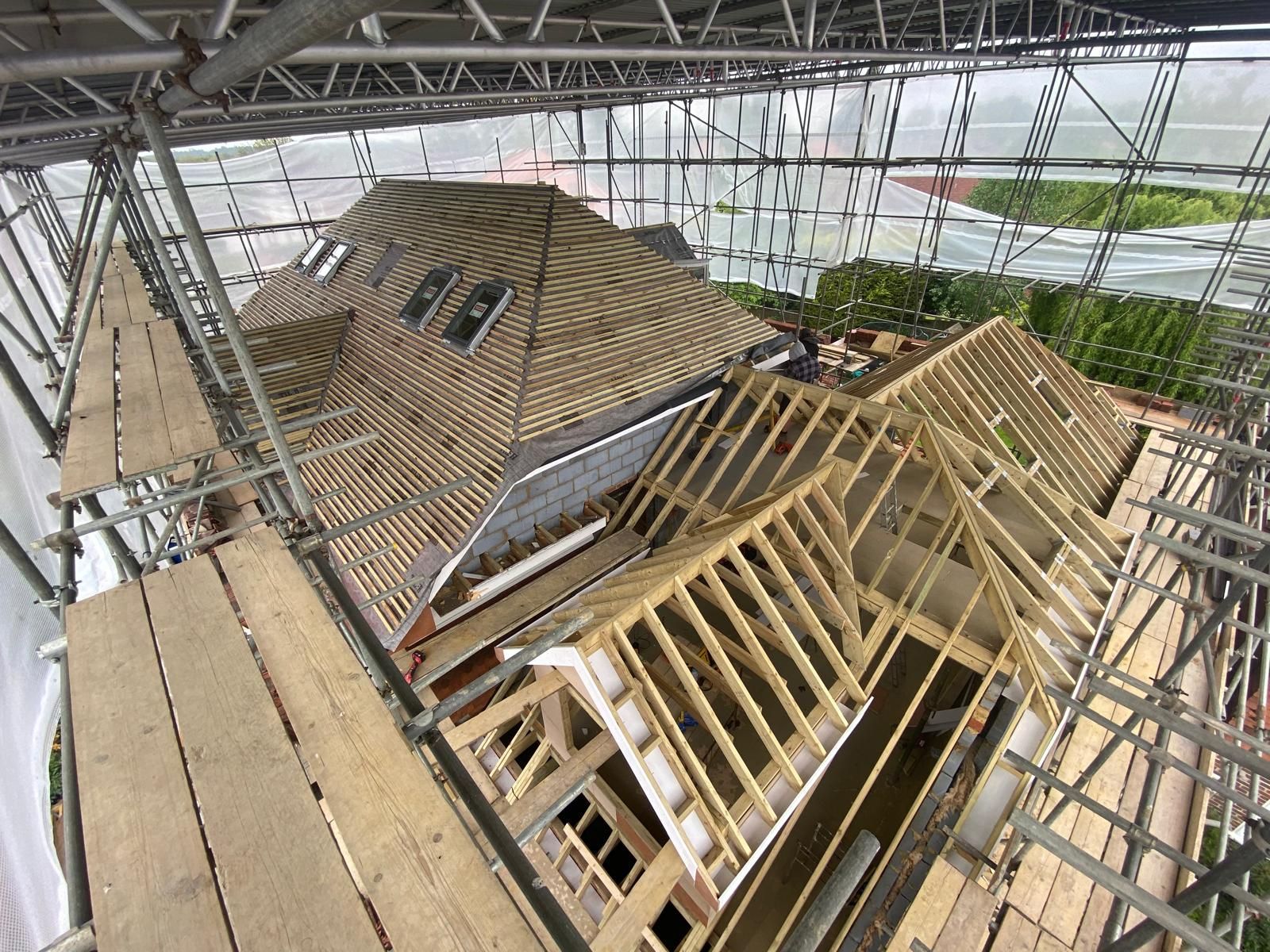
Over the years, we’ve had the pleasure of working with many architects on residential projects across Windsor and beyond. Some collaborations stand out — not just for the results, but for the journey we take together with the architect and the client. And if there's one thing we've learned, it's this: the quality of your architect doesn't just affect drawings and design. It shapes your entire experience as a homeowner.
So, what makes an architect good to work with? And why should it matter to you as a residential client? Here’s our take — drawing on decades of experience and a particularly valued partnership with the team at Artichoke.
1. Clear, Considered Design That Works in the Real World
It’s easy to be wowed by a glossy design on paper — but the real test is how well that design comes together on site. The best architects don’t just create something that looks good in a portfolio. They design spaces that feel right, work well, and reflect how families actually live.
Artichoke are a great example. Their designs are not only amazing — they’re deeply thoughtful. We’ve had clients pause during site visits to comment on how right the proportions feel, how naturally the light falls, and how every part of the layout seems to anticipate their daily routine.
It makes our job as builders a pleasure — and it gives families a home that genuinely enhances their day-to-day life.
2. Drawings That Speak for Themselves
Nothing slows down a site — or adds hidden costs — like unclear drawings. The best architects give us the clarity we need to keep things moving smoothly, safely, and accurately.
One of the things we value most about working with Artichoke is the clarity and completeness of their drawings. From structural details to finishes, everything is laid out with care and precision. That means fewer questions for the client, fewer delays on site, and far less risk of costly misinterpretation.
When drawings are this clear, you don’t have to keep ringing your architect or making decisions under pressure — it’s all been thought through ahead of time.
3. A Relationship Built on Trust and Communication
A long-standing working relationship between builder and architect is something no client can buy — but they benefit from it immensely.
We’ve worked with Artichoke on numerous projects over the years, and that mutual trust makes a huge difference. Communication is quick, problems get solved collaboratively, and we’re always pulling in the same direction. That means less stress for clients and a more enjoyable build all round.
It also allows us to head off potential issues before they arise — because we know how they work, and they know how we build.
More Benefits for Homeowners: Why the Right Architect Pays Off
When you choose a good architect — like the team at Artichoke — you're not just buying a design. You're investing in:
- Peace of mind. You’re not being constantly bombarded with decisions or left to second-guess site details.
- Efficient timelines. Fewer revisions, clearer drawings, and smoother communication mean your project stays on track.
- Cost control. Good drawings reduce site errors — and that helps protect your budget.
- Better long-term value. Thoughtful design means your home will stand the test of time — functionally and aesthetically.
In Summary
A good architect isn’t just a creative mind — they’re a cornerstone of a successful build. As builders, we love working with architects who respect the realities of site work while pushing for the best possible outcomes for the client.
That’s exactly what we get with Artichoke. Great design. Clear documentation. Easy, honest collaboration. And most importantly, happy homeowners at the end of it all.
If you’re planning a residential project — especially one that’s going to be a long-term family home — choosing the right architect is just as important as choosing the right builder. Choose wisely, and the process can be as rewarding as the result.
So please do get in touch if you’d like to speak to The King Brothers or Artichoke, who would love to discuss your ideas and questions with you.
http://www.thekingbrothers.co.uk/
